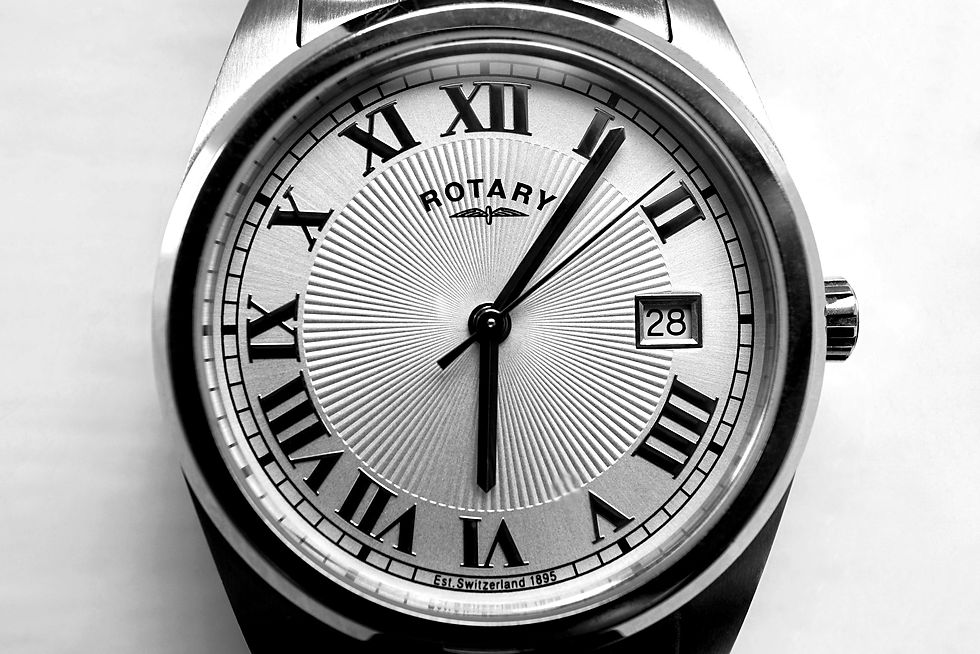Essential Mechanical Watch Servicing Guide
- garry9096
- Aug 21
- 4 min read
Owning a vintage mechanical watch is a privilege that comes with responsibility. These timepieces are intricate machines that require careful attention to maintain their precision and longevity. Proper care ensures that your watch continues to function smoothly and retains its value over time. In this guide, I share practical insights on how to service mechanical watches effectively, focusing on the key aspects every owner should understand.
Understanding How to Service Mechanical Watches
Mechanical watches operate through a complex system of gears, springs, and levers. Over time, dust, moisture, and wear can affect their performance. Servicing involves disassembling the watch, cleaning each component, lubricating moving parts, and reassembling the mechanism with precision.
Regular servicing prevents damage caused by dried lubricants or accumulated debris. It also helps identify worn parts before they cause more significant issues. I recommend scheduling a service every 3 to 5 years, depending on the watch’s usage and environment.
When you service mechanical watches, it is essential to entrust the task to a skilled professional. A qualified watchmaker uses specialised tools and techniques to handle delicate components without causing harm. Attempting to service a watch without proper expertise can lead to costly repairs.

Key Steps in the Service Mechanical Watches Process
The servicing process follows a systematic approach to ensure thorough care:
Initial Inspection
The watchmaker examines the watch for visible damage, corrosion, or worn parts. This step helps determine the scope of work required.
Disassembly
The watch is carefully taken apart, separating the case, dial, hands, and movement components.
Cleaning
Each part undergoes ultrasonic cleaning to remove old oils, dirt, and debris. This step is crucial for restoring smooth operation.
Replacement of Worn Parts
Any damaged or worn components, such as mainsprings or jewels, are replaced with authentic parts.
Lubrication
The watchmaker applies specialised lubricants to reduce friction and wear on moving parts.
Reassembly and Regulation
The watch is reassembled, and the movement is adjusted to ensure accurate timekeeping.
Final Testing
The watch undergoes timing tests and water resistance checks if applicable.
Following these steps guarantees that your vintage watch receives comprehensive care, preserving its function and appearance.

Do Mechanical Watches Need to Be Serviced?
Yes, mechanical watches require regular servicing to maintain their performance. Unlike quartz watches, which rely on batteries, mechanical watches depend on physical components that experience wear and tear. Over time, lubricants dry out, and dust accumulates, causing the watch to lose accuracy or stop working altogether.
Neglecting servicing can lead to more severe damage, such as worn gears or broken springs, which are costly to repair. Even if the watch appears to be running well, internal components may still degrade silently.
For vintage watches, servicing is even more critical. These timepieces often have delicate parts that are no longer manufactured, making preventive maintenance essential to avoid irreversible damage.
I advise owners to monitor their watches for signs such as irregular timekeeping, unusual noises, or difficulty winding. These indicators suggest that servicing is due.

Choosing the Right Service Provider
Selecting a reputable service provider is vital for the care of your vintage mechanical watch. Look for a watchmaker with proven experience in handling vintage timepieces. Expertise in sourcing authentic parts and performing precise repairs is essential.
Transparency in pricing and service scope builds trust. A professional service provider will offer a clear estimate and explain the work involved. They should also provide a warranty on their repairs.
In the North West region, I recommend considering specialists who focus exclusively on mechanical watches. Their dedicated knowledge ensures meticulous work and attention to detail.
For those seeking expert care, I suggest exploring mechanical watch servicing options that combine traditional craftsmanship with modern techniques.
Maintaining Your Vintage Mechanical Watch Between Services
Proper maintenance between servicing appointments extends the life of your watch. Here are practical tips:
Regular Winding
Wind your watch daily if it is manual. This keeps the mainspring in good condition and ensures consistent power.
Avoid Magnetic Fields
Exposure to magnets can disrupt the movement’s accuracy. Keep your watch away from electronic devices and magnetic closures.
Protect from Moisture
Even if your watch is water-resistant, avoid prolonged exposure to water. Vintage seals may degrade, allowing moisture inside.
Store Properly
When not in use, store your watch in a dry, dust-free environment. Use a watch box or pouch to prevent scratches.
Handle with Care
Avoid dropping or subjecting the watch to shocks. Mechanical movements are sensitive to impact.
By following these guidelines, you reduce the risk of damage and help maintain your watch’s precision.
Final Thoughts on Caring for Vintage Mechanical Watches
Owning a vintage mechanical watch is a rewarding experience that connects you to a rich heritage of craftsmanship. Proper servicing and maintenance are essential to preserve this legacy. Regular professional care, combined with mindful daily handling, ensures your watch remains a reliable and cherished possession.
If you seek expert assistance, consider trusted providers who specialise in vintage mechanical watches. Their expertise guarantees that your timepiece receives the highest standard of care.
Taking these steps will help your watch continue to tell time accurately and elegantly for many years to come.




Comments